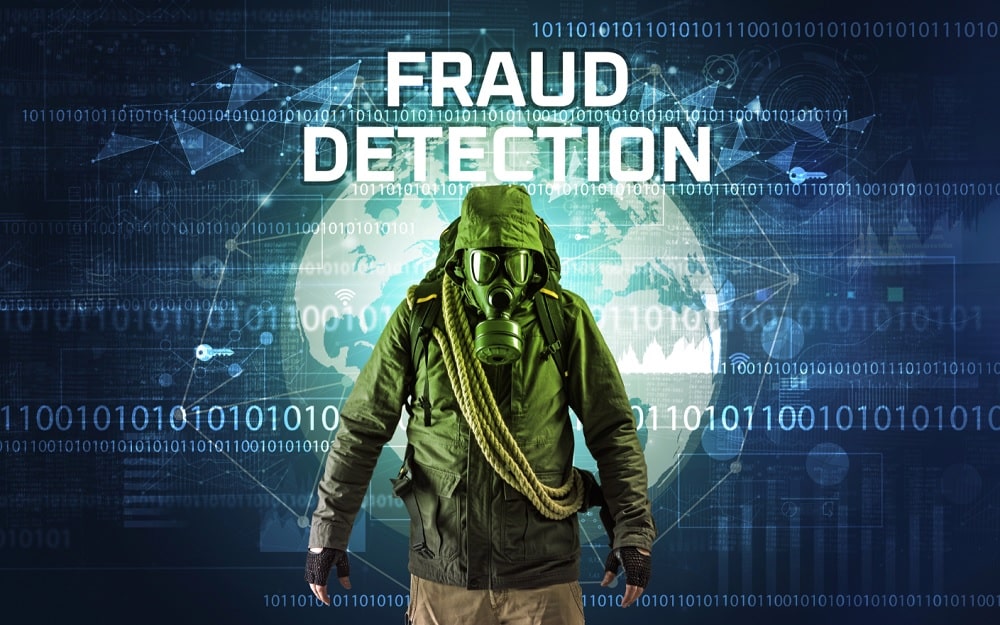World is moving to the digitized platforms and this digital approach is also giving a strong way to the intruders to enter any digital network and violate the data stored in that specific network. In present world, every single digital network is at a high risk of malicious activities. To maintain the privacy of the network we require robust solutions that safeguard our networks by providing alerts timely. Big data analysis is one of the most potential solutions that help various businesses in safeguarding their networks. There are a wide range of data protection solutions offered by the big data which is far beyond the limit of computer monitoring and other traditional network securing solutions.
Suspicious cases detected with the help of big data are:
Unusual data:
Data types are now limitless and the combination that it figures out is more complicated making the output unusual and unexpected. To understand the countless combinational patterns and make it viable for various uses we require a potential platform that frames the possible combinations, detects all unusual data and make it easier for the user. Unusual data are distinguished into three situations, i.e. unusual combinations, unusual data with respect to the group, and unusual values. Any combination or value input that looks unusual to the pre-determined data sets can be easily detected using big data analysis.
Unexplained relationships:
Combinations of input data play a crucial role when you are working with a sensitive data to limit the access to limited authorities. For example, online transactions are based on several combinations and relationships of input data. Most of the transactions are carried by making a wide set of data combinations and a perfect match only allows the transactions. One or two data from the pre-determined set may match from the countless combination, but matching entire set is impossible. Big data helps the experts to understand the unexplained relations distinguishing the data sets.



